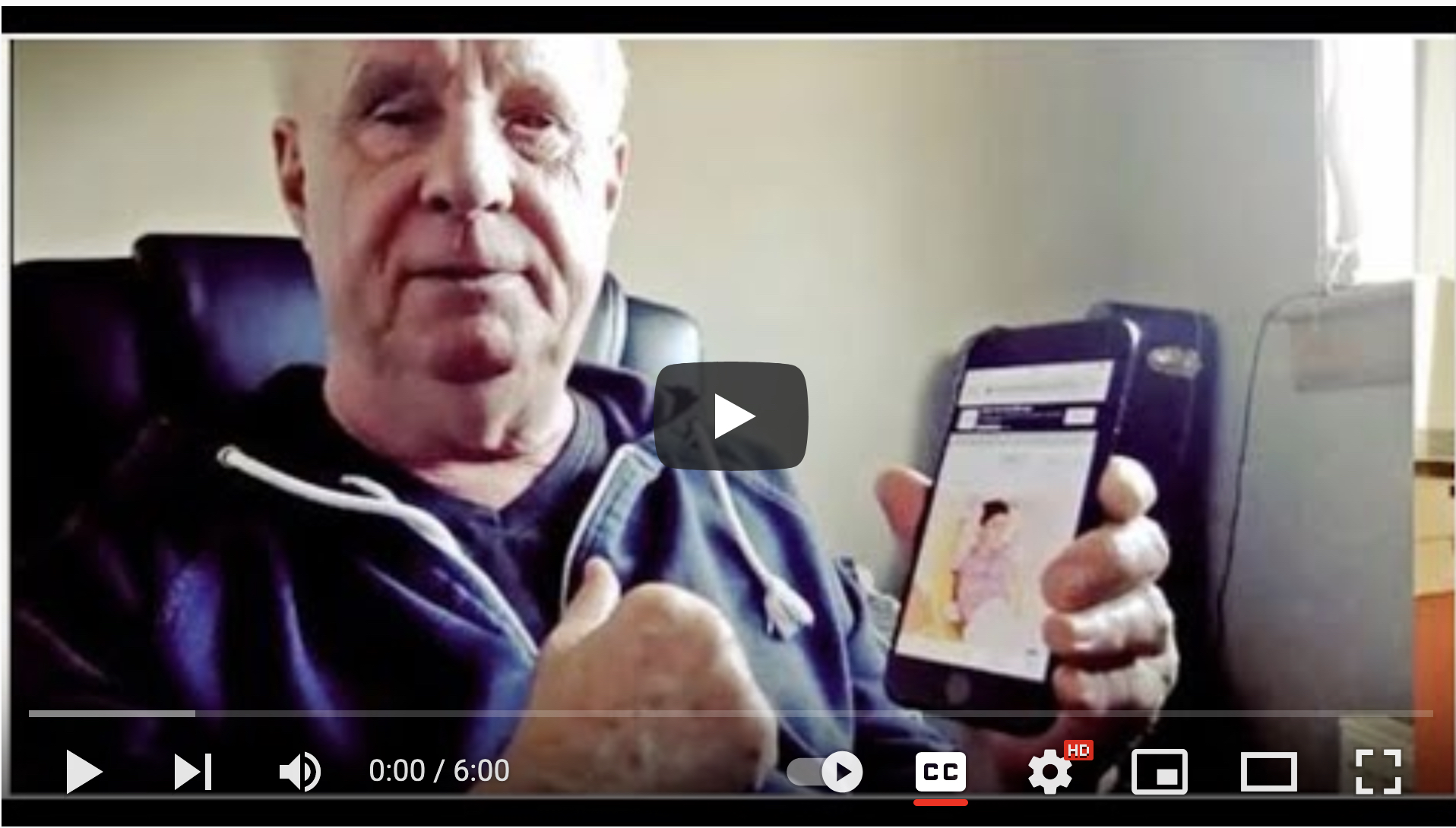Although client-side images are preferred over server-side image maps – as equivalent text can be provided for each image map ‘hot-spot’ – server-side image maps are sometimes necessary. For example, a server side image can be used when the active regions of a client-side image map cannot be easily defined using an available geographic shape. In such cases the answer is to provide redundant text links relating to each link provided by the server side image map.
The following markup example is typical of the code used to reference a server side image map.
<a href="/cgi-bin/mymap.map"> <img ismap src="imagemap.gif" > </a>
The web pages accessed by the clicking the mage map in the above example would be completely hidden to someone using a screen reader or a text-only web browser, as there is no alternative way of accessing the links provided.
An example of the server side image with alt attribute added and an alternative set of links to the same content:
<a href="/cgi-bin/mymap.map"> <img ismap src="imagemap.gif" alt="Alternative text links are provided at the foot of the page."> </a>
You then make the following links available at the foot of the page,
<p><a href="about.html">About Us</a> | <a href="research.html">Research</a> </p>
As you can see in the example above the alt attribute provided information about where to find the text based links. The alternative text based links provided at the bottom of the page imply that the image map has two hot-spots, one to find information about the organisation and another for information related to research.
Tags: accessibility, image maps
Related Content
- Accessibility Auditing – WCAG 2.1 & WCAG 2.2 and Accessible Website Design, UKJim Byrne is an accessibility specialist with three decades of experience in accessible website design, training and accessibility auditing and consultancy for the not-for-profit, education, public and third sector. An award-winning website developer, website accessibility training provider and WCAG 2 expert ( he provided feedback on the development of WCAG ...
- How to create accessible emailEmail has become one of the most common ways to communicate. It is a good and economical method of disseminating information to people where they want to receive it. Emails are used for private communication, confirming transactions, newsletters, reminders for appointments, marketing and invitations, to name just ...
- Accessibility of audio and video content on the webI have re-published this content from a report I wrote for The Spoken Word Project in March 2007 - because it occurred to me that this might be useful information for organisations thinking of adding video to their websites. Time constraints mean that this document cannot be considered a definitive ...
Take my Web Accessibility Online Training Course - WCAG 2.1 Compliance
Learn to design and manage WCAG compliant, accessible websites with my online course
You will learn both the techniques of accessible website design and an entire ‘framework for thinking about the subject’. It will equip you with the skills to understand, identify and fix issues any accessibility issues you come across. Watch the free videos to get a taste of what is on the course.
)
Working with non-profits, charities, voluntary and public sector organisations and social enterprises for over 20 years. Jim set up one of the worlds first website accessibility web agencies in the mid 1990s.